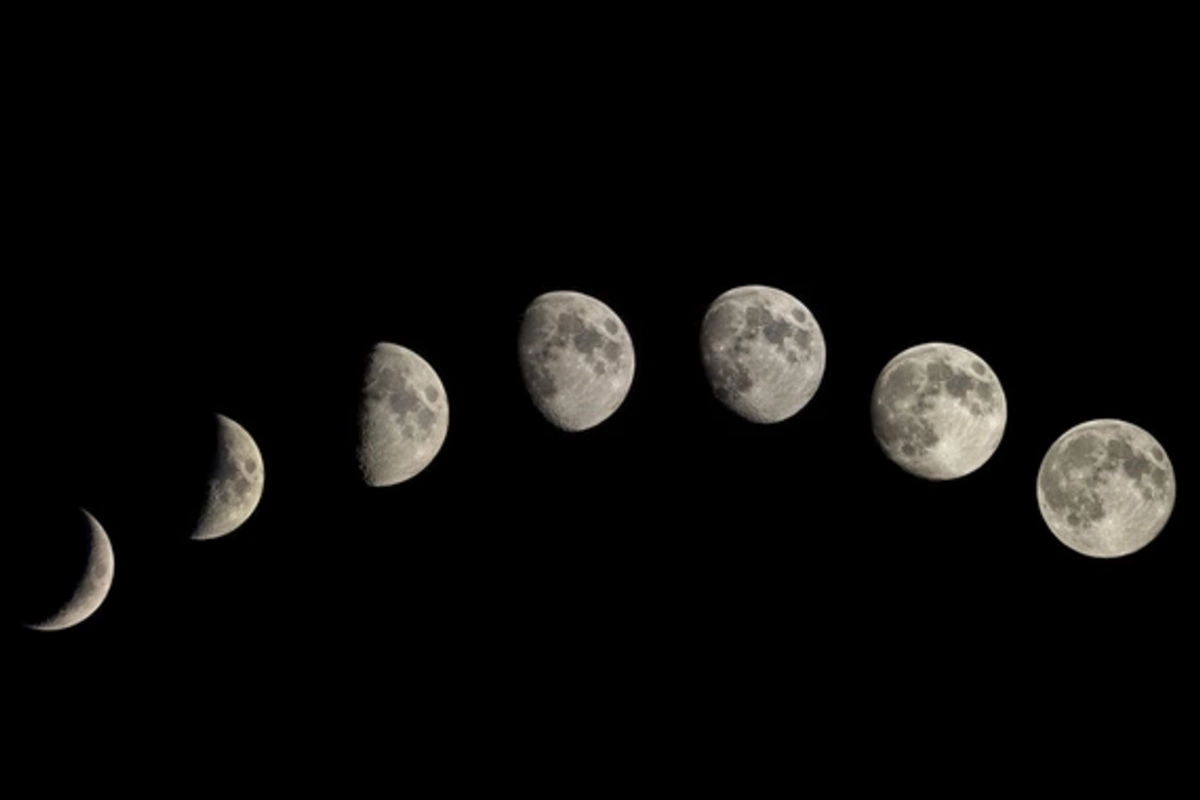10 Jul , 21:00
0

Chinese scientists have made a sensational discovery: the Moon's mantle may have undergone massive remelting. Researchers came to this conclusion after careful analysis of samples delivered by the Chang'e-6 mission from the far side of Earth's natural satellite. This was reported by the Chinese Academy of Sciences (CAS).
Researchers discovered surprising features in lunar regolith samples extracted from the south pole region on the side of the Moon invisible from Earth. Specialists identified a composition in the material that differs significantly from what is characteristic of the normal lunar mantle.
"This indicates two possible scenarios: either the rocks that formed the ancient lunar mantle initially contained minimal amounts of these atoms, or repeated remelting occurred after a powerful asteroid impact that created the largest crater on the lunar surface," academy representatives stated.
CAS emphasizes that previous studies indicate the probability of mantle remelting as a result of a grandiose cosmic collision that occurred about 4.25 billion years ago. This catastrophic event released energy exceeding the power of a trillion atomic bombs. The impact of this colossal strike on the geological structure and thermal evolution of the Moon had remained one of the main unsolved mysteries in planetary science until recently.
However, scientists also allow for an alternative version: the unusual composition of matter could have been characteristic of the lunar mantle from the very beginning of its formation.